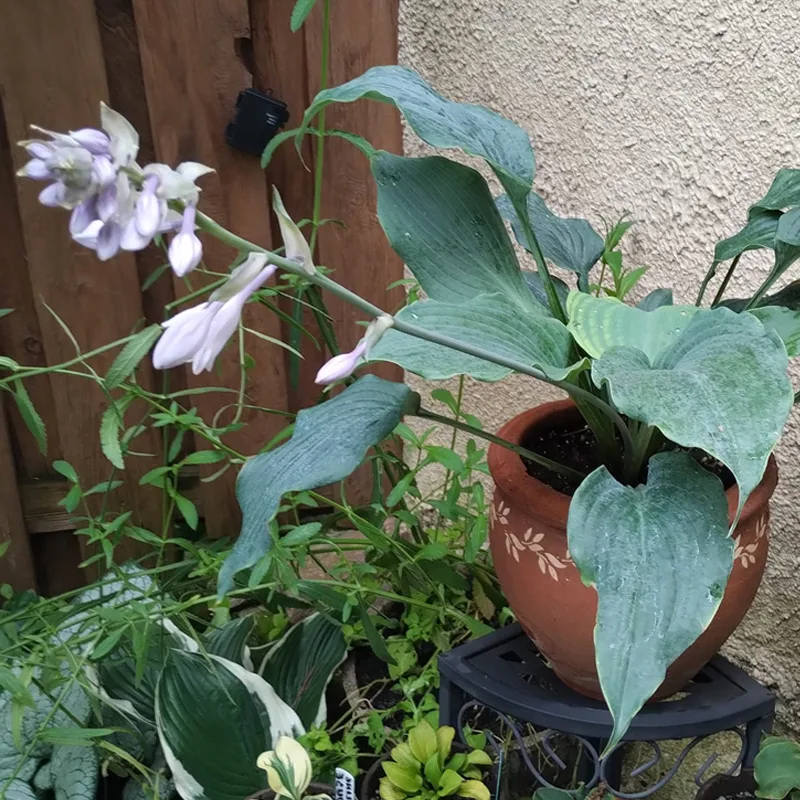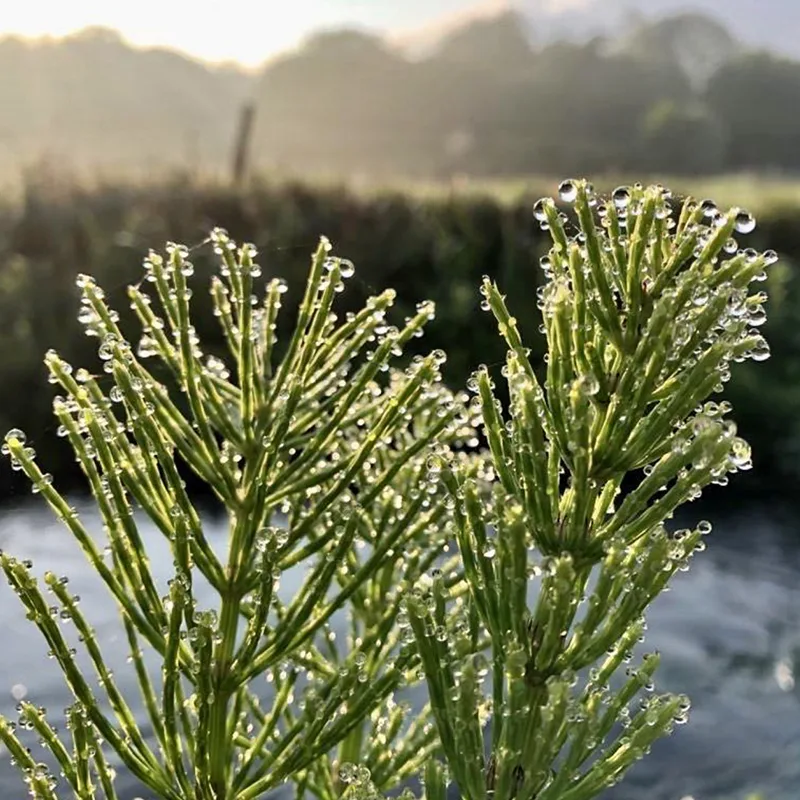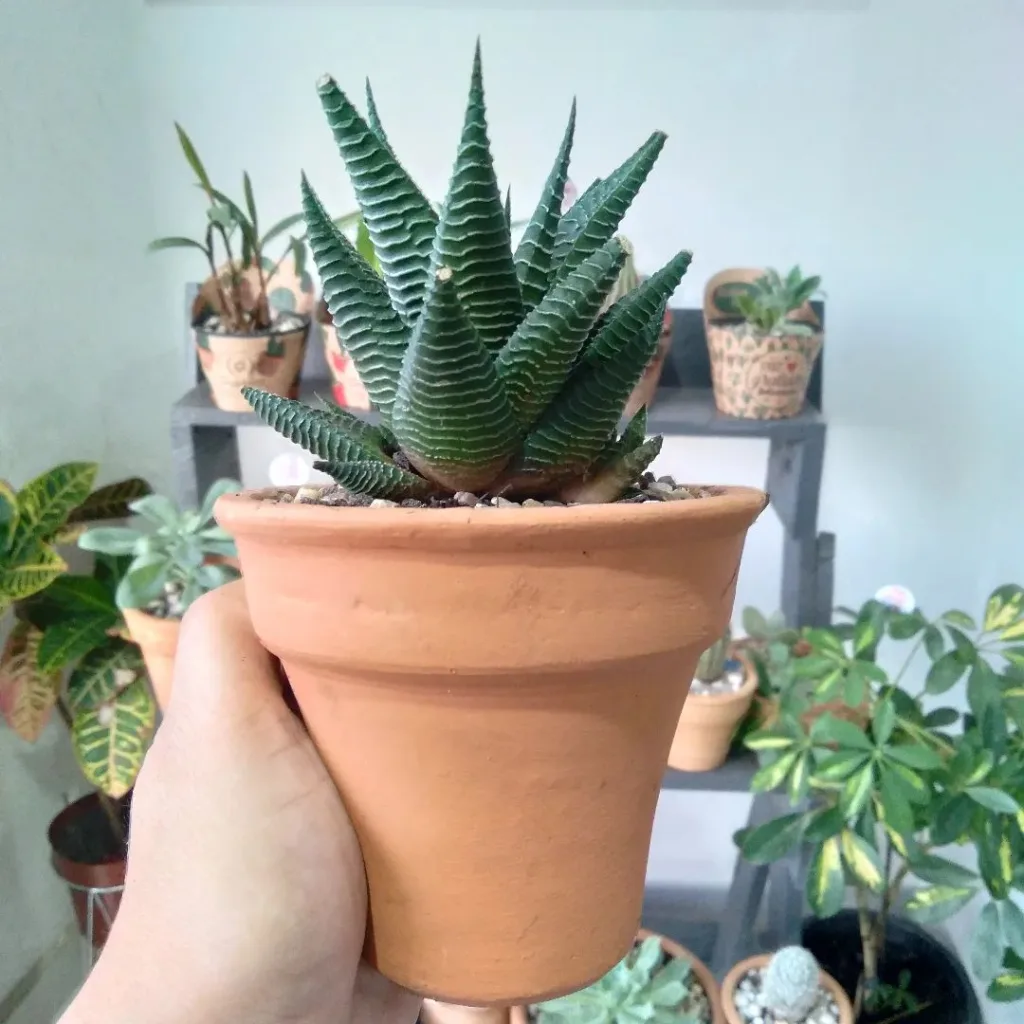Anthurium Cirinoi: A Velvet Jewel for Plant Enthusiasts
As a plant enthusiast, I’m always on the lookout for unique and captivating additions to my collection. The Anthurium Cirinoi, with its stunning deep green, velvety leaves, has certainly captured my attention. But beyond its mesmerizing aesthetics, this aroid (a flowering plant related to lilies) offers a rewarding growing experience.
In this FAQ, I’ll address some common questions about the Anthurium Cirinoi, providing insights to help you decide if this beauty belongs in your own home jungle.
1327 Species in Genus Anthurium
Is Anthurium Cirinoi a Rare Plant?
The Anthurium Cirinoi isn’t necessarily rare, but it’s not as readily available as some of its more common cousins, like the Anthurium crystallinum. This can make it more sought-after by collectors.
The good news is, with increasing interest in unique foliage plants, the Anthurium Cirinoi is becoming more accessible. Keep an eye on reputable online retailers and specialty plant shops.
Anthurium Cirinoi vs. Anthurium Warocqueanum: Spot the Differences
At first glance, the Anthurium Cirinoi can be easily confused with its close relative, the Anthurium Warocqueanum. Both boast velvety, heart-shaped leaves. However, there are some subtle distinctions:
- Leaf Size: The Anthurium Cirinoi generally has larger leaves compared to the Warocqueanum.
- Leaf Veins: The Cirinoi’s veins are often more prominent and have a slightly reddish hue, while the Warocqueanum’s veins are typically greener and less noticeable.
- Growth Habit: The Cirinoi tends to be a more vigorous grower, reaching a larger size overall.
Remember, these are just general observations. There can be variations within each species, and some hybrids might blur the lines further.
What kind of Light Does Anthurium Cirinoi Need?
As a native of the Colombian rainforests, the Anthurium Cirinoi thrives in bright, indirect light. Direct sunlight can scorch its delicate leaves. A spot near an east-facing window or filtered light through sheer curtains would be ideal.
Avoid placing it in a dimly lit corner, as this can hinder growth and prevent it from producing its signature velvety texture.
How Often Should I Water My Anthurium Cirinoi?
The key to watering your Anthurium Cirinoi is finding the balance between keeping the soil moist and avoiding waterlogging. Here are some tips:
- Check the Soil: Stick your finger into the potting mix. If the top inch feels dry, it’s time to water.
- Water Thoroughly: When watering, soak the soil until water runs out the drainage holes. This ensures all the roots receive moisture.
- Allow Drainage: Ensure your pot has drainage holes to prevent water from pooling around the roots, which can lead to rot.
- Adjust for Season and Environment: Watering frequency might change depending on the season and your home environment. During hotter months or in drier climates, you might need to water more frequently.
Does Anthurium Cirinoi Need High Humidity?
Yes, the Anthurium Cirinoi thrives in high humidity, similar to its rainforest origins. Here are some ways to increase humidity around your plant:
- Grouping Plants: Cluster your Anthurium Cirinoi with other humidity-loving plants. This creates a microclimate with increased moisture.
- Pebble Tray: Place your pot on a tray filled with pebbles and water. As the water evaporates, it raises the humidity around the plant.
- Humidifier: Consider using a humidifier, especially during dry winter months.
What Kind of Soil is Best for Anthurium Cirinoi?
A well-draining, airy potting mix is crucial for the Anthurium Cirinoi. Here are some options:
- Orchid Bark Mix: This is a popular choice for Anthuriums as it provides excellent drainage and aeration. You can find orchid bark mix at most garden centers.
- Aroid Mix: You can create your own aroid mix by combining orchid bark, perlite, and a small amount of potting soil.
- Coco Coir: This is another option that offers good drainage and holds moisture well.
Remember, the key is to ensure the potting mix doesn’t stay soggy.
Does Anthurium Cirinoi Flower?
The Anthurium Cirinoi, like most Anthuriums, produces a unique flower called a spadix. It’s a fleshy spike surrounded by a colorful modified leaf called a spathe. While the spadix itself isn’t particularly showy, the spathe can be a vibrant red or orange, adding a pop of color to the foliage.
However, flowering isn’t the main attraction of this plant. The velvety leaves are the true stars of the show. While coaxing your Anthurium Cirinoi to flower can be rewarding, prioritizing healthy foliage growth will ensure your plant thrives for years to come.
Does Anthurium Cirinoi Need Fertilizer?
While not strictly necessary, fertilizing your Anthurium Cirinoi during its growing season (spring and summer) can provide a boost of nutrients and encourage lusher growth. Opt for a balanced, diluted fertilizer specifically formulated for aroids. Apply it sparingly, following the instructions on the product label. Avoid overfertilizing, which can damage the roots.
How Big Does Anthurium Cirinoi Get?
The Anthurium Cirinoi can be a real showstopper, reaching a mature size of 2-3 feet tall and wide. Its large, velvety leaves make it a bold statement piece for any room.
However, keep in mind that it’s a relatively slow grower. Be patient and enjoy watching its majestic form develop over time.
Is Anthurium Cirinoi Toxic to Pets?
Unfortunately, yes, the Anthurium Cirinoi, like most Anthuriums, is toxic to pets if ingested. The calcium oxalate crystals in the leaves can cause irritation, mouth swelling, and vomiting. If you have curious pets that like to nibble on plants, it’s best to place your Anthurium Cirinoi in a location out of their reach.
How Do I Propagate Anthurium Cirinoi?
Propagating your Anthurium Cirinoi is a great way to expand your collection or share this beauty with friends. The most common method is through stem cuttings. Here’s a simplified process:
- Identify a healthy stem with at least one node (the bump where a leaf joins the stem).
- Using sterilized shears, make a clean cut just below the node.
- Pot the cutting in a well-draining mix, ensuring the node is buried slightly.
- Water lightly and maintain high humidity around the cutting.
- Provide bright, indirect light and be patient. Rooting can take several weeks.
With proper care and a little patience, you can enjoy the captivating beauty of the Anthurium Cirinoi for years to come.
If i die, water my plants!



